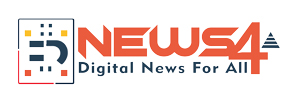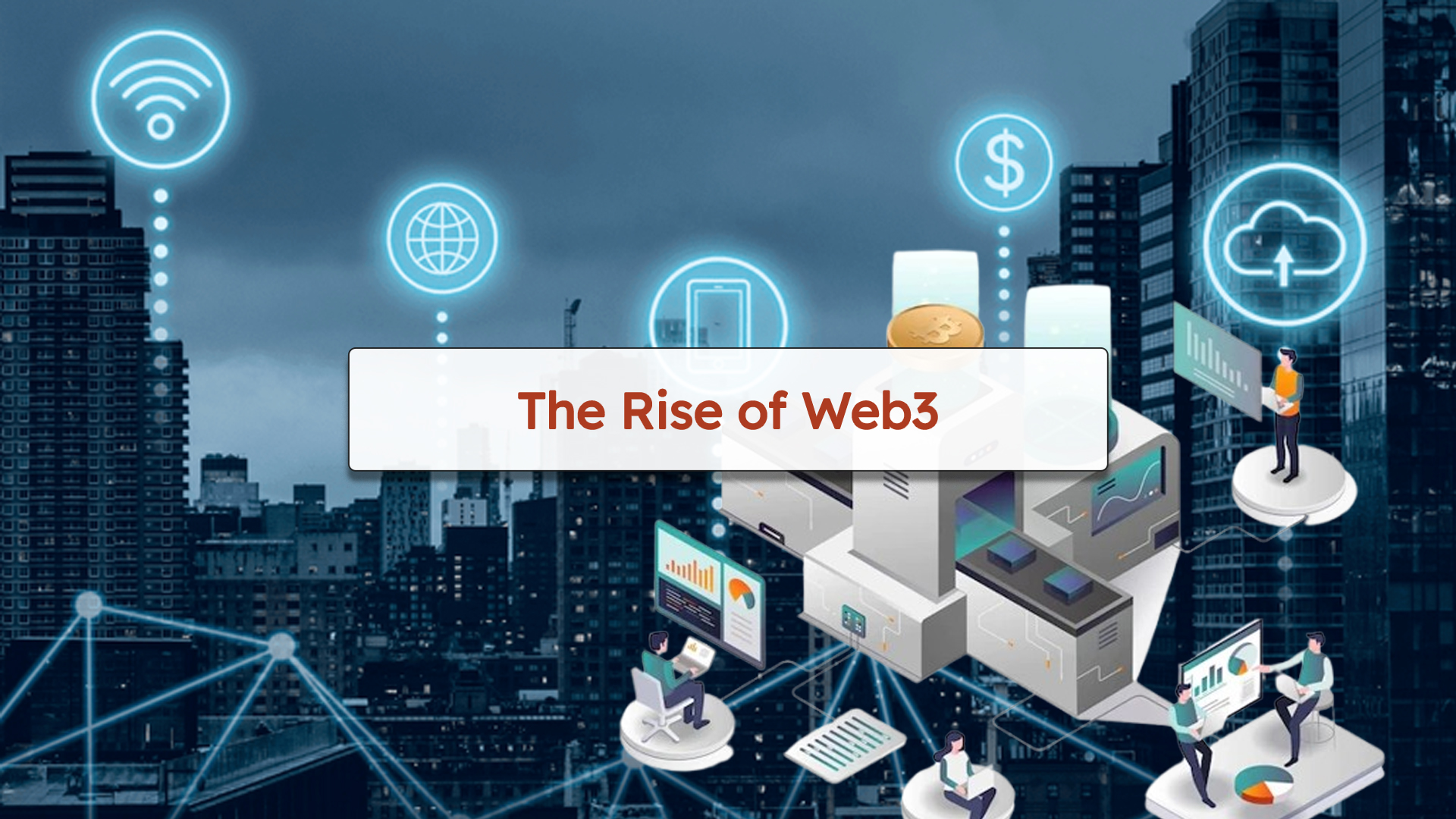The internet has undergone several evolutionary phases, each bringing new capabilities and reshaping how we interact online. Web3, the latest phase, is poised to revolutionize digital interactions, commerce, and governance by integrating blockchain technology, decentralization, and enhanced user control. But what exactly does Web3 mean for the future of the internet, and why does it matter?
Understanding Web3
Web3 refers to the next generation of the internet that leverages decentralized networks, primarily built on blockchain technology. Unlike its predecessor, Web2, which is dominated by centralized platforms like Google, Facebook, and Amazon, Web3 aims to redistribute power to users by enabling direct peer-to-peer interactions, token-based economies, and decentralized applications (dApps).
Key Features of Web3
- Decentralization – Web3 operates on blockchain networks that distribute data across multiple nodes, reducing reliance on central authorities.
- Blockchain and Smart Contracts – These technologies enable trust less and automated transactions, removing the need for intermediaries.
- User Ownership and Digital Identity – Web3 gives users control over their data, digital identities, and assets, rather than ceding control to tech giants.
- Tokenization and Cryptoeconomics – Cryptographic tokens (such as NFTs and cryptocurrencies) facilitate new economic models, enabling users to monetize content and participate in governance.
- Interoperability and Open-Source Development – Web3 applications promote transparency and seamless interactions between platforms without centralized restrictions.
How Web3 Will Impact the Internet
1. Empowering Users
Web3 shifts power away from large corporations and returns control to individual users. By utilizing decentralized identities and wallets, users can interact online without relying on third-party authentication services.
2. New Business Models
Traditional online business models, which rely heavily on ad-based revenue and data exploitation, could be replaced by token-driven ecosystems where users are rewarded for their participation and contributions.
3. Enhanced Security and Privacy
Decentralization reduces the risks associated with single points of failure. With blockchain’s cryptographic security, users can experience fewer breaches, data leaks, and censorship concerns.
4. Challenges and Concerns
Despite its promise, Web3 is not without challenges. Scalability issues, energy consumption, regulatory concerns, and user accessibility remain hurdles that need to be addressed before widespread adoption.
The Future of Web3
Web3 is still in its early stages, but its potential to redefine the digital landscape is immense. As blockchain technology advances, user-friendly applications emerge, and regulations evolve, the decentralized web could become a fundamental part of our daily digital interactions.
For now, businesses, developers, and users should stay informed and experiment with Web3 technologies to better understand their implications. The rise of Web3 signals not just a technological shift but a cultural and economic transformation that could redefine the internet as we know it.


